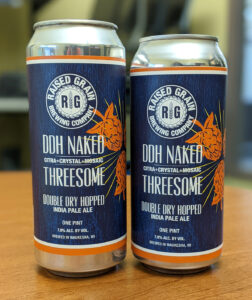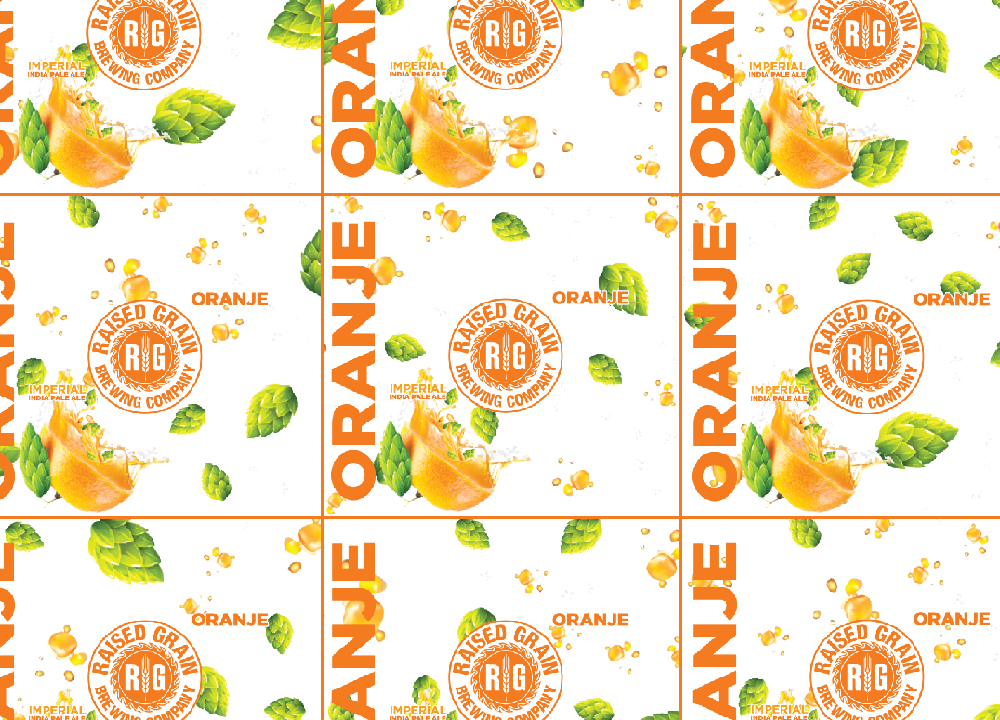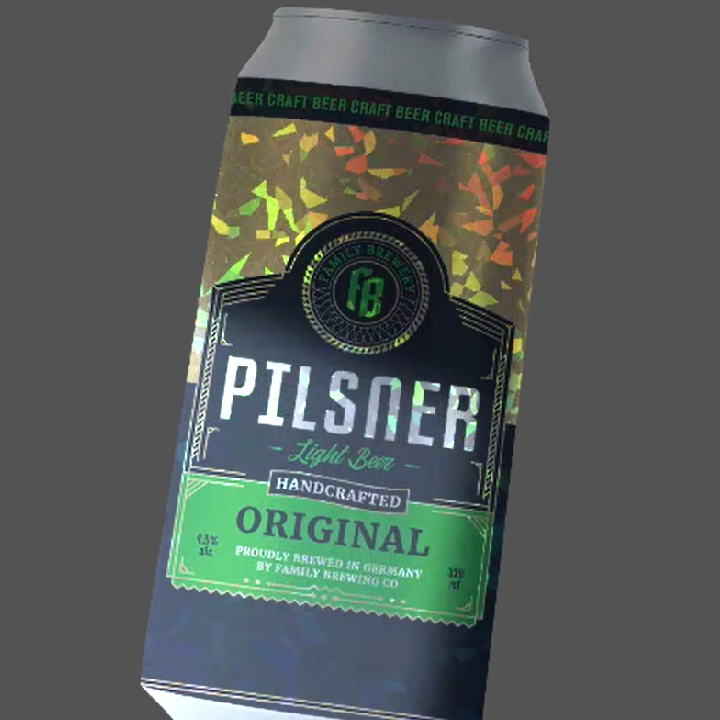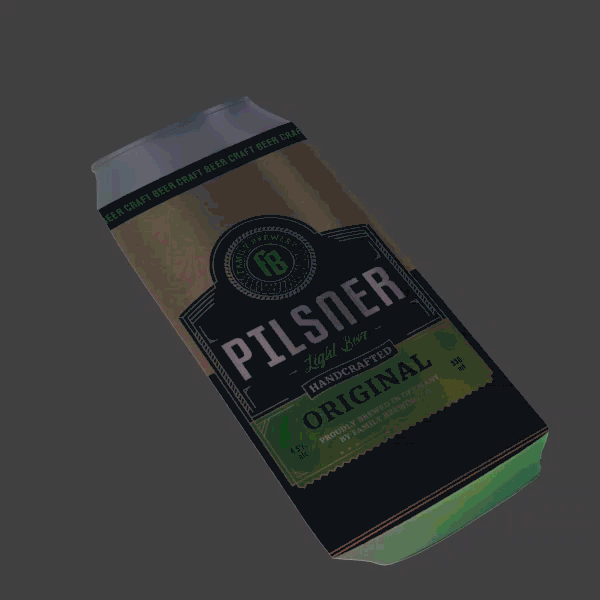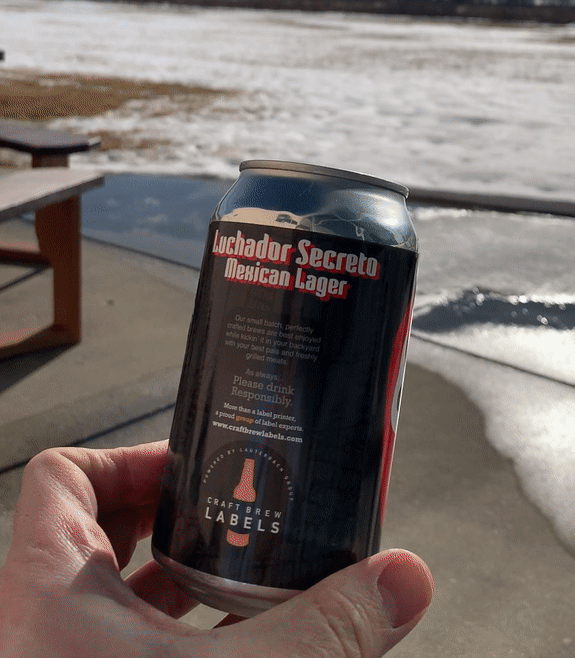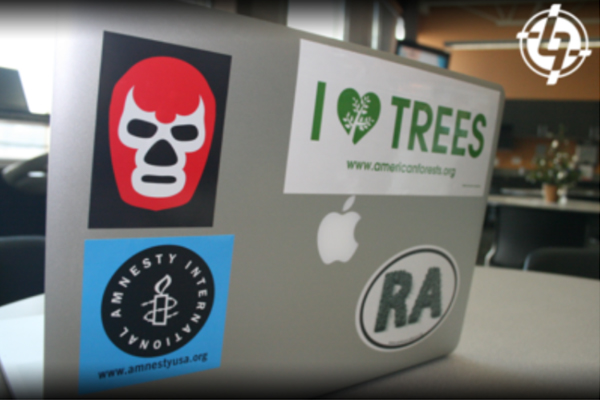As the 2022 quickly approaches, many companies are looking forward to the New Year. One of the world’s largest aluminum can suppliers just shocked the craft beer market and has made many breweries start scrambling to find a solution after their recent announcement.
During the final quarter of the year, can manufacturer Ball Corp. started informing breweries across that country that their minimum orders will be increased at the start of 2022. They will require non-contract customers to order five truckloads per SKU. This is up drastically from their previous minimum of one truckload per SKU. Many of these non-contract customers include small and regional breweries. In addition to the new minimum quantities, non-contracted customers will no longer be able to store excess cans in their warehouses.
Now with printed cans becoming potentially more difficult to obtain for small and medium-sized breweries, we believe that craft brewers will start looking more towards using labels on cans.
Labels on cans may seem like a step down from printed cans, but they are a great way to get your cans to pop in stores and the cost advantages are easy to realize. Find out more about the differences between labels, shrink sleeves and printed cans here.
If you need more information about printing labels or for pricing, contact one of our label experts at Lauterbach Group at 262-820-8123 or email craftbrew@lauterbachgroup.com.

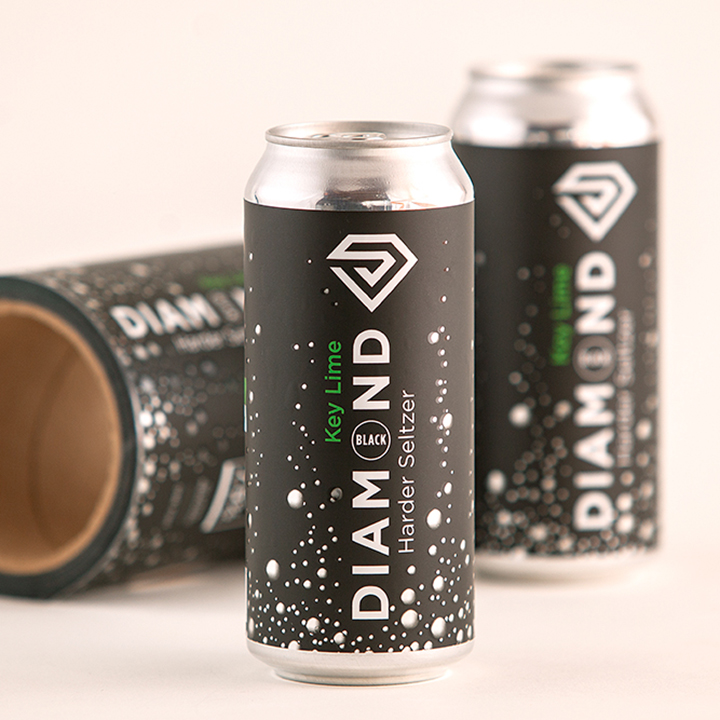
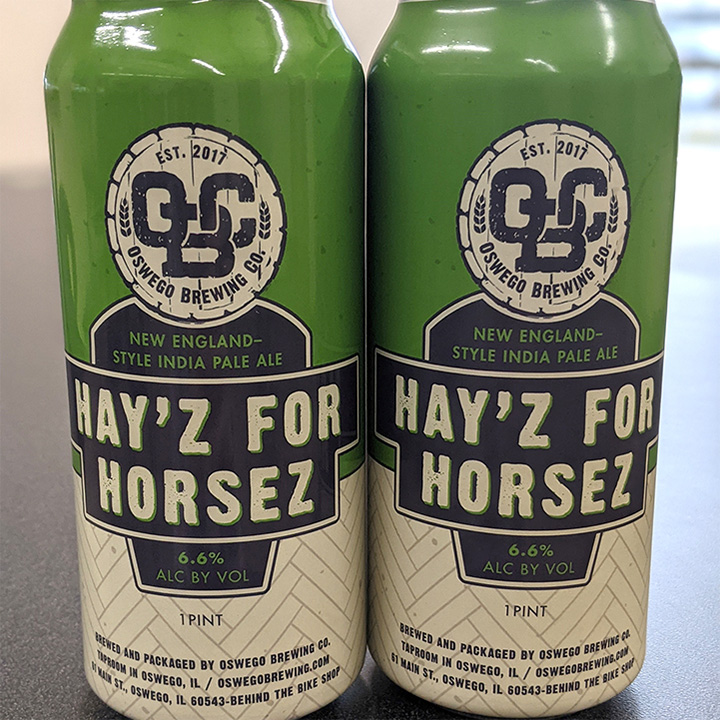
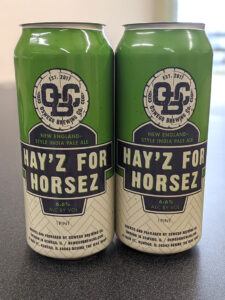
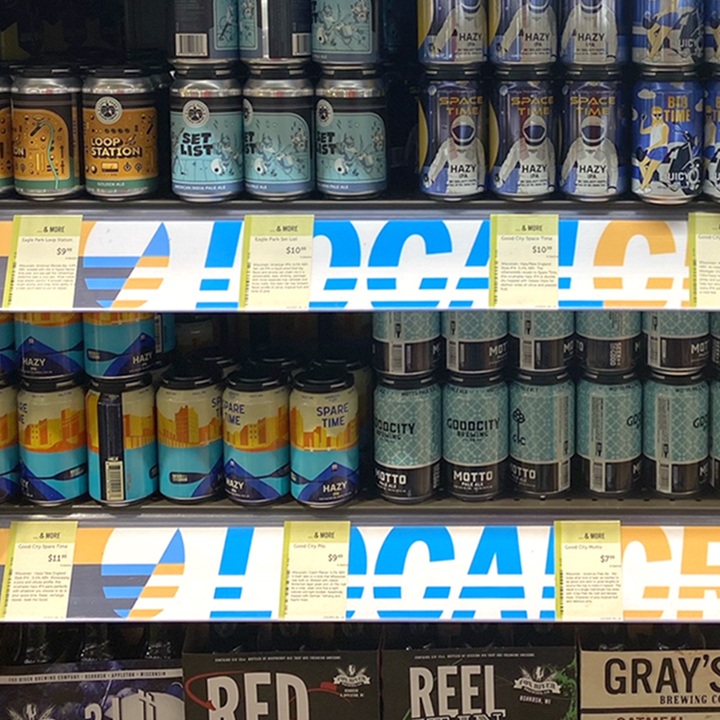
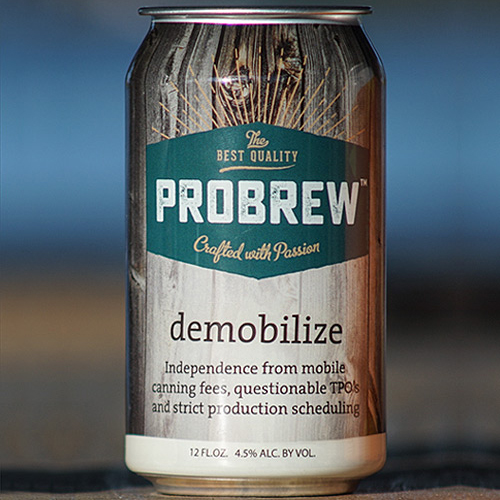
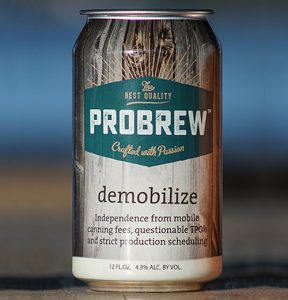
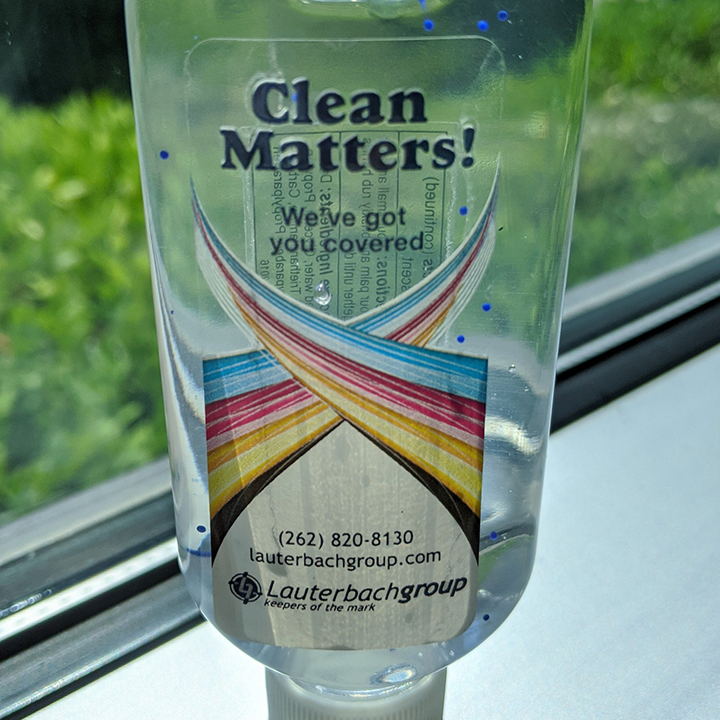
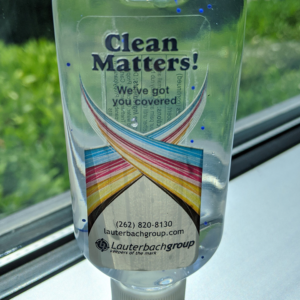

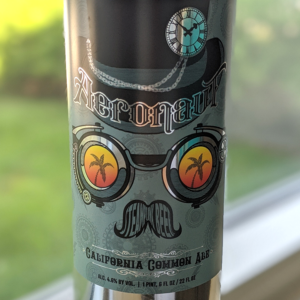
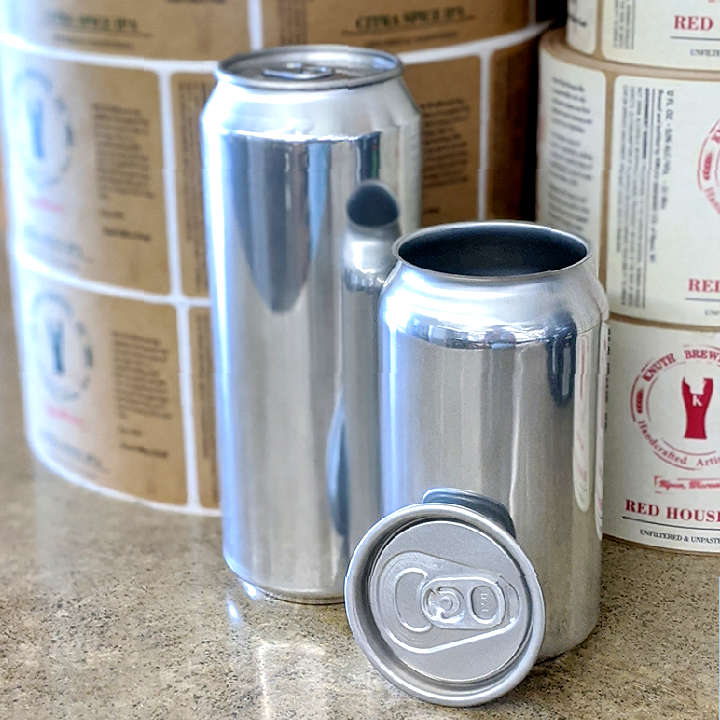
 Are you new to the beverage industry or just need a quick lesson on can and label sizes?
Are you new to the beverage industry or just need a quick lesson on can and label sizes?